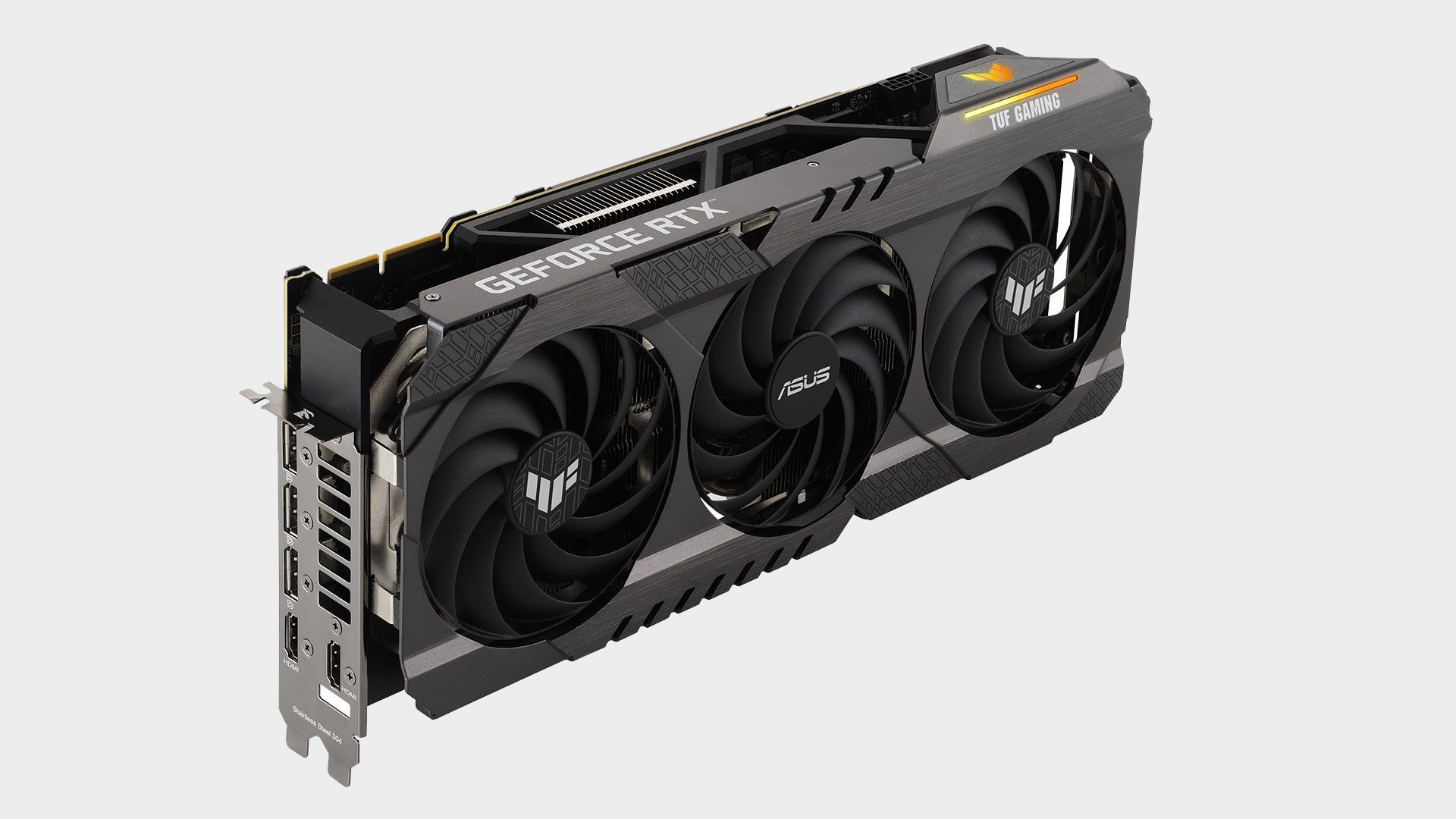An RTX 3090 Ti set to a 300W limit still beats AMD's best
Proof that the last 10% of performance comes at a huge efficiency cost.

There's been a lot of talk around graphics card power consumption in recent times. Whether its the scary sounding 600W rumour around next gen RTX 40 series cards or the 450W of the recently released RTX 3090 Ti, it's clear that graphics card power consumption is on the rise.
But it's interesting to see what happens if you restrict the power to a card. Do you lose much performance? Igor's Lab set out to answer these very questions. Igor took an MSI RTX 3090 Ti Suprim X and set the power limit to a relatively miserly 300W before setting out to see what effect that would have on the flagship card's performance. The results were surprising.
If we look at Igor's 4K test results, we can see that the stock Suprim 3090 Ti scores an average of 107.4 FPS over the entire test suite. That drops to 96.3 FPS for the 300W tuned 3090 Ti. Interestingly, the card still beats out the 6900XT and is well ahead of the RTX 3080 and 3080 12GB.
Meanwhile the power consumption readings are even more interesting! The default 3090 Ti records an average power consumption of 465.7W, while the 300W limited card delivers a 313.8W reading. That's a huge difference and it proves just how aggressive Nvidia was in order to ensure the 3090 Ti retained the outright performance crown.

Best CPU for gaming: The top chips from Intel and AMD
Best gaming motherboard: The right boards
Best graphics card: Your perfect pixel-pusher awaits
Best SSD for gaming: Get into the game ahead of the rest
Of course, this is a theoretical exercise. You wouldn't expect anyone to buy a 3090 Ti and effectively downclock it, but it does show that with the right kind of tuning and a lot of testing, it is certainly possible to get your system to deliver better power efficiency. If a drop from 450W to 300W costs you about 10% worth of performance at 66% of the power consumption, it's likely there's a very good sweet spot in there, perhaps 375W for a 5% loss. That's a level many would be willing to accept, especially in the summer months!
So, while next gen cards might guzzle 600W of power, a little tuning might deliver some interesting results. It also gives us some hope that future mid range cards won't make the same step up in power consumption. A hypothetical RTX 4060 or 7700 XT is unlikely to hit 150W, but we can hope that they will come in at under 300W.
With all the talk of environmental impacts and reducing emissions, giving away a couple of percent in performance for a big energy (and heat) saving might be something that some gamers would be willing to entertain. For others though, it's all about performance! And I wouldn't hold that against anyone. If you're going to drop $2000 on a card, you'll want to get the best out of it.
Keep up to date with the most important stories and the best deals, as picked by the PC Gamer team.

Chris' gaming experiences go back to the mid-nineties when he conned his parents into buying an 'educational PC' that was conveniently overpowered to play Doom and Tie Fighter. He developed a love of extreme overclocking that destroyed his savings despite the cheaper hardware on offer via his job at a PC store. To afford more LN2 he began moonlighting as a reviewer for VR-Zone before jumping the fence to work for MSI Australia. Since then, he's gone back to journalism, enthusiastically reviewing the latest and greatest components for PC & Tech Authority, PC Powerplay and currently Australian Personal Computer magazine and PC Gamer. Chris still puts far too many hours into Borderlands 3, always striving to become a more efficient killer.

